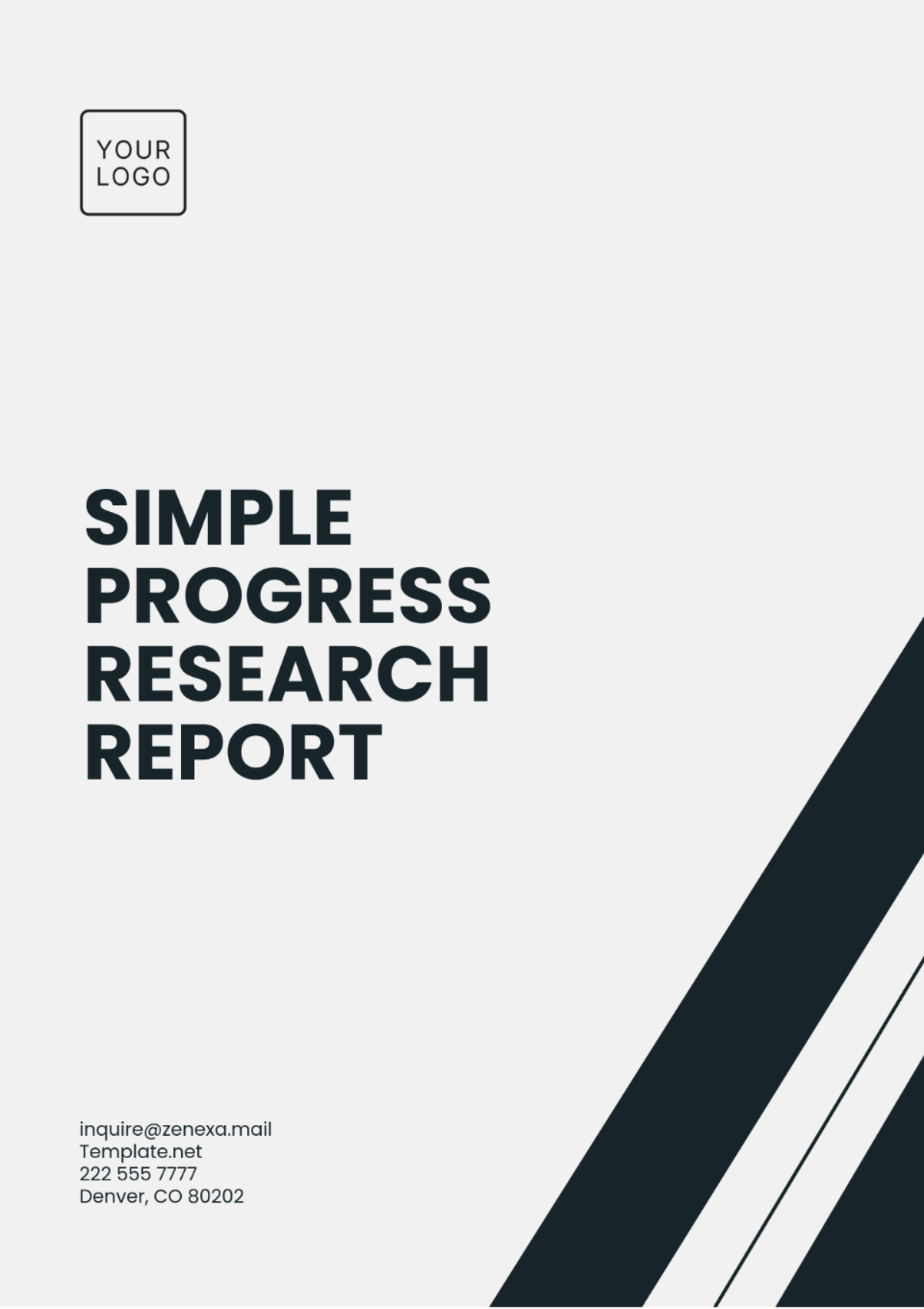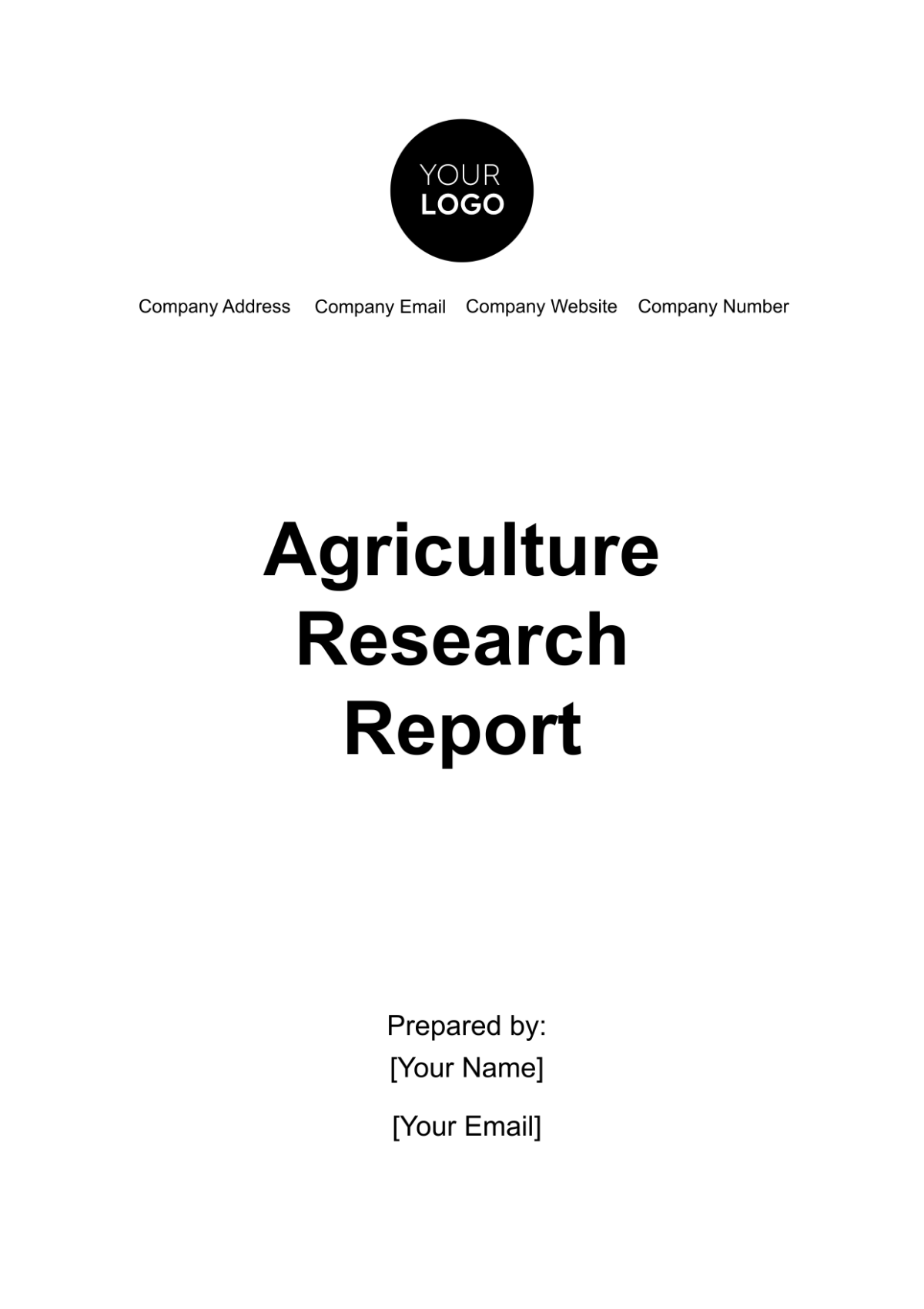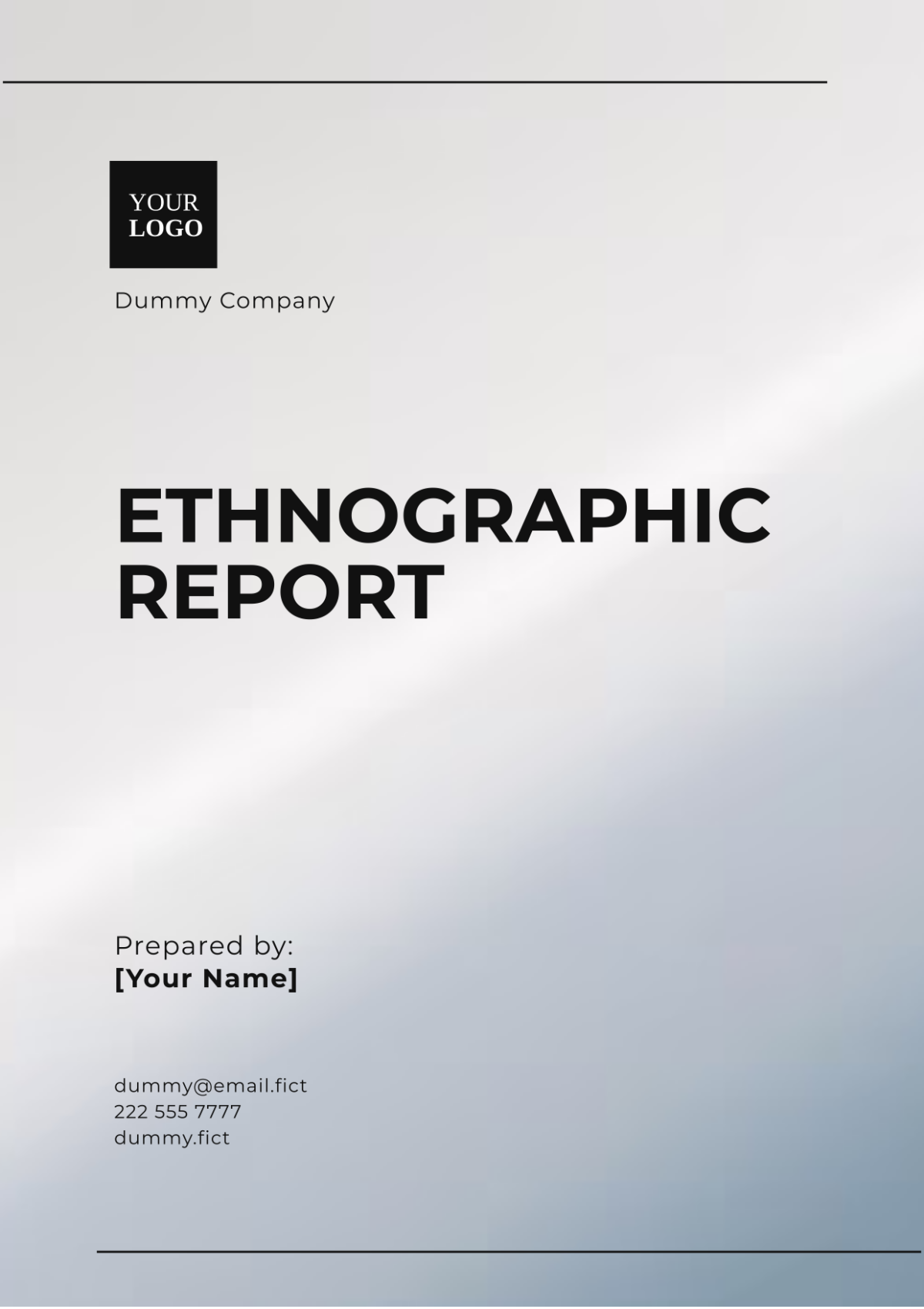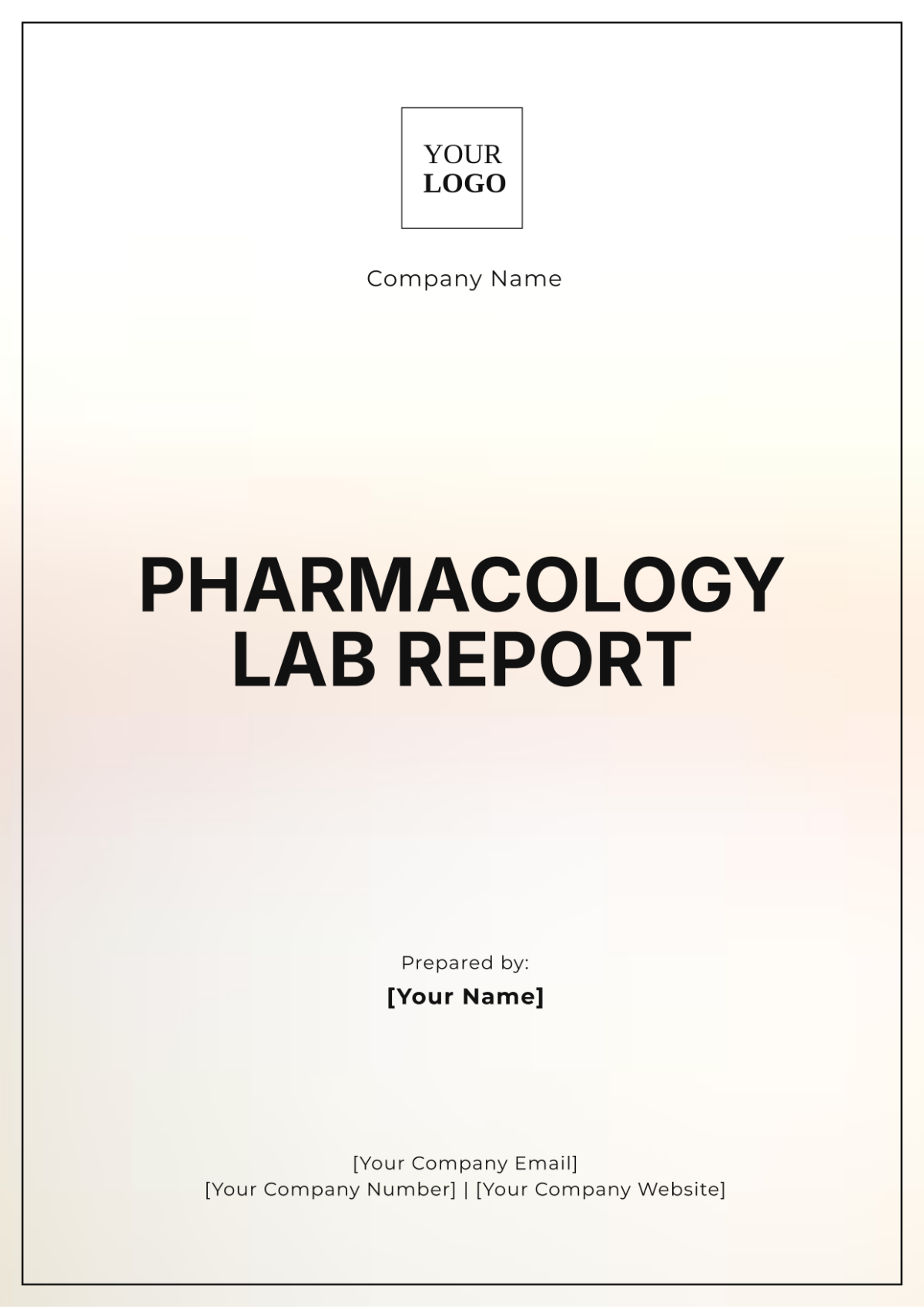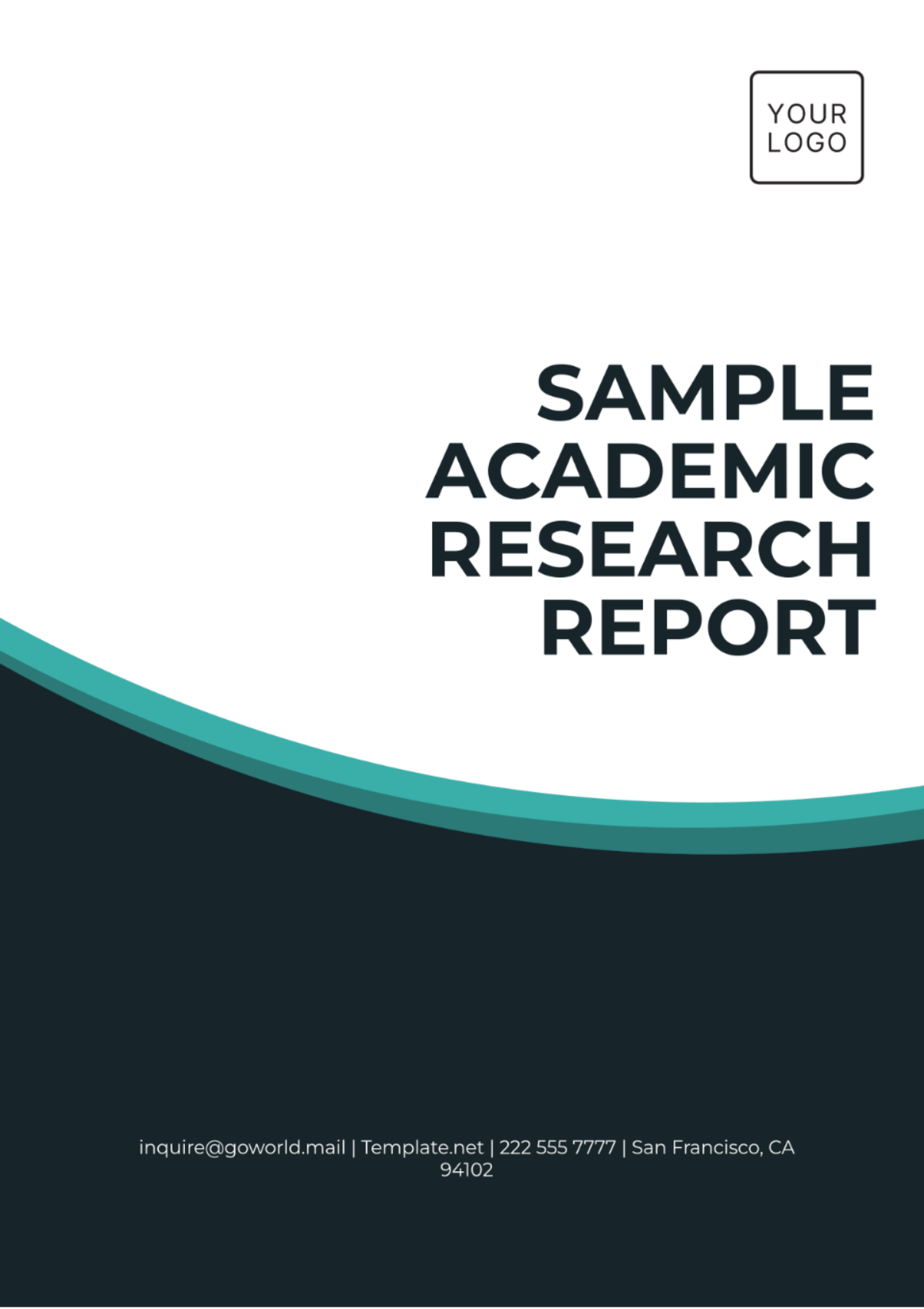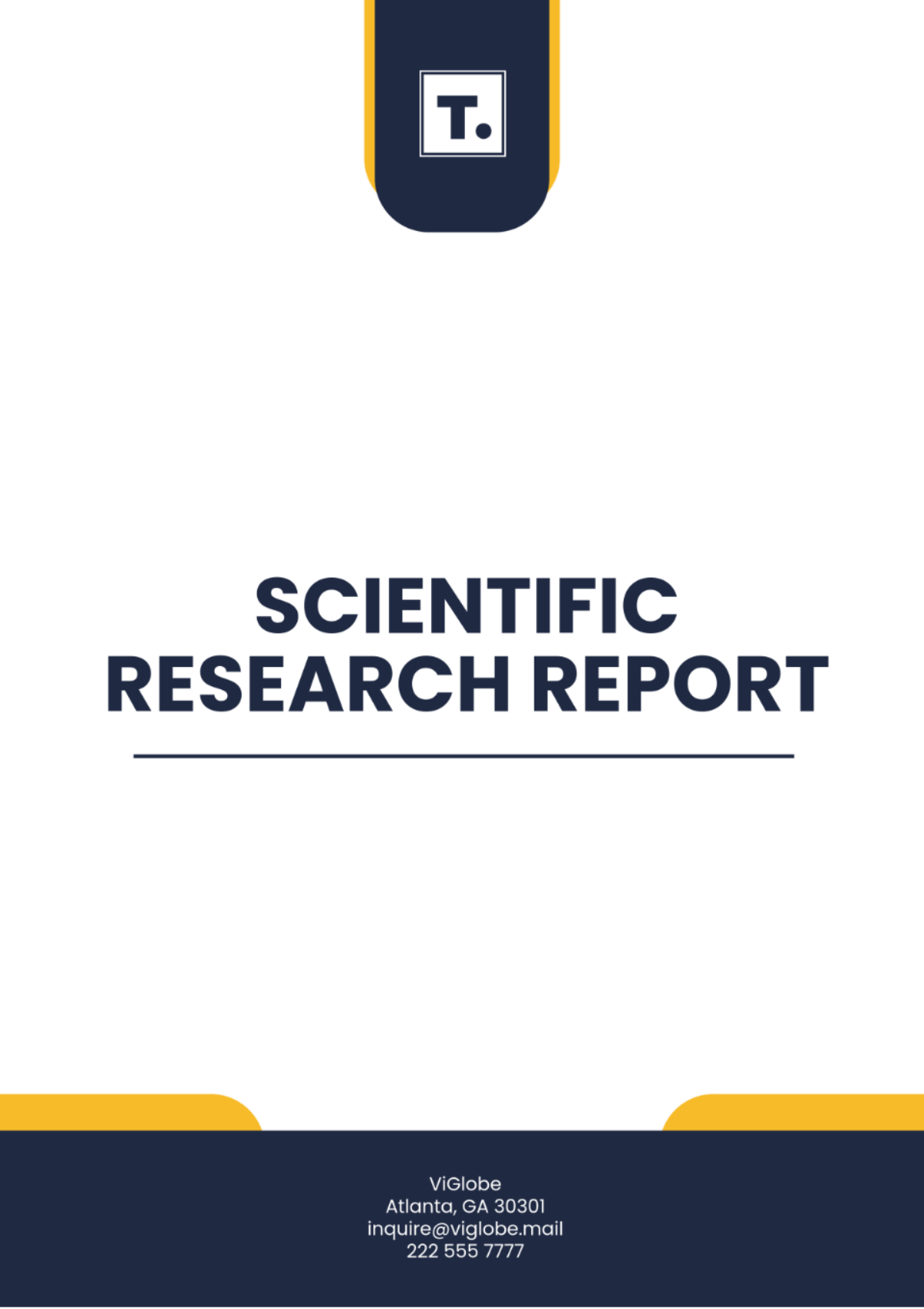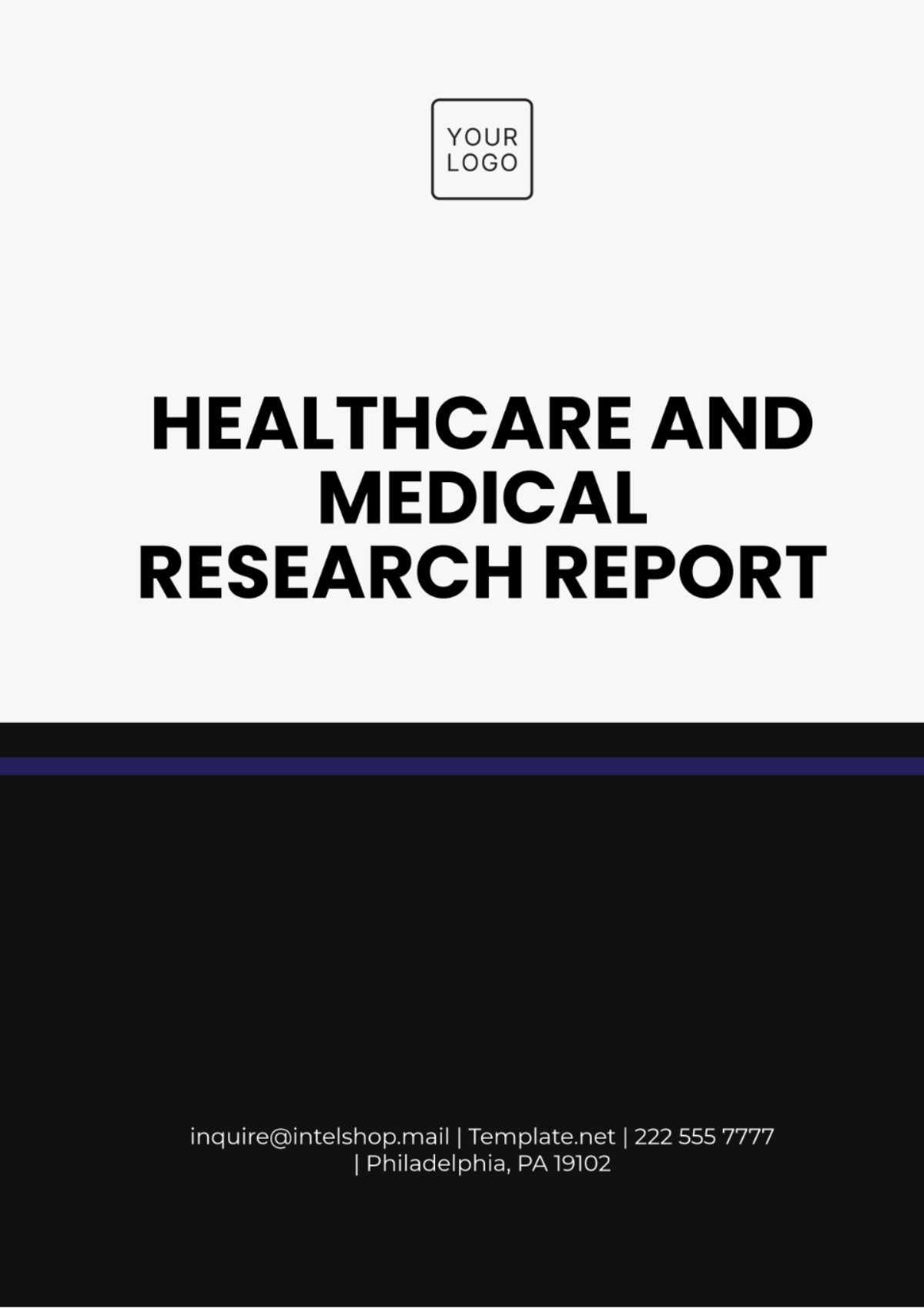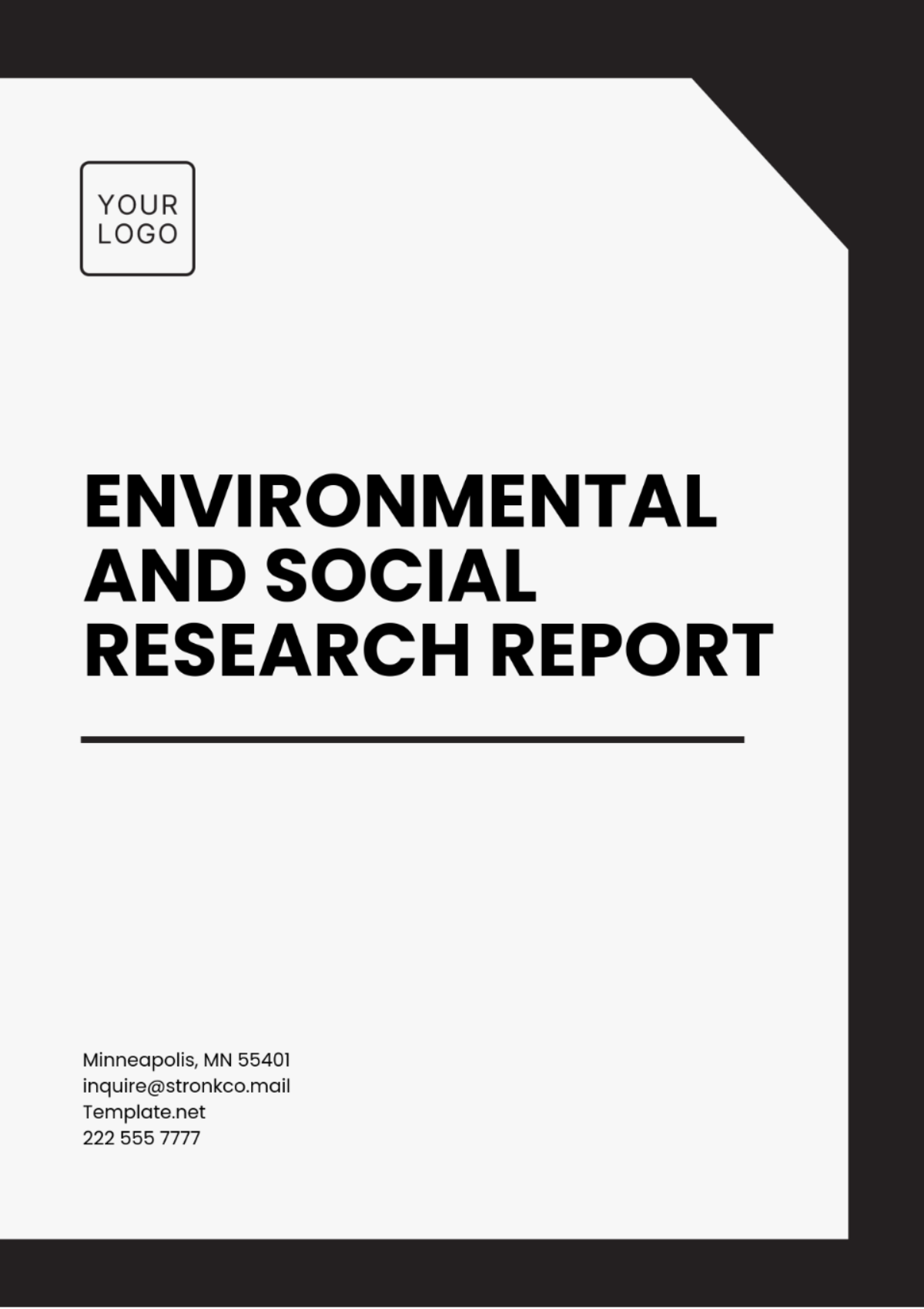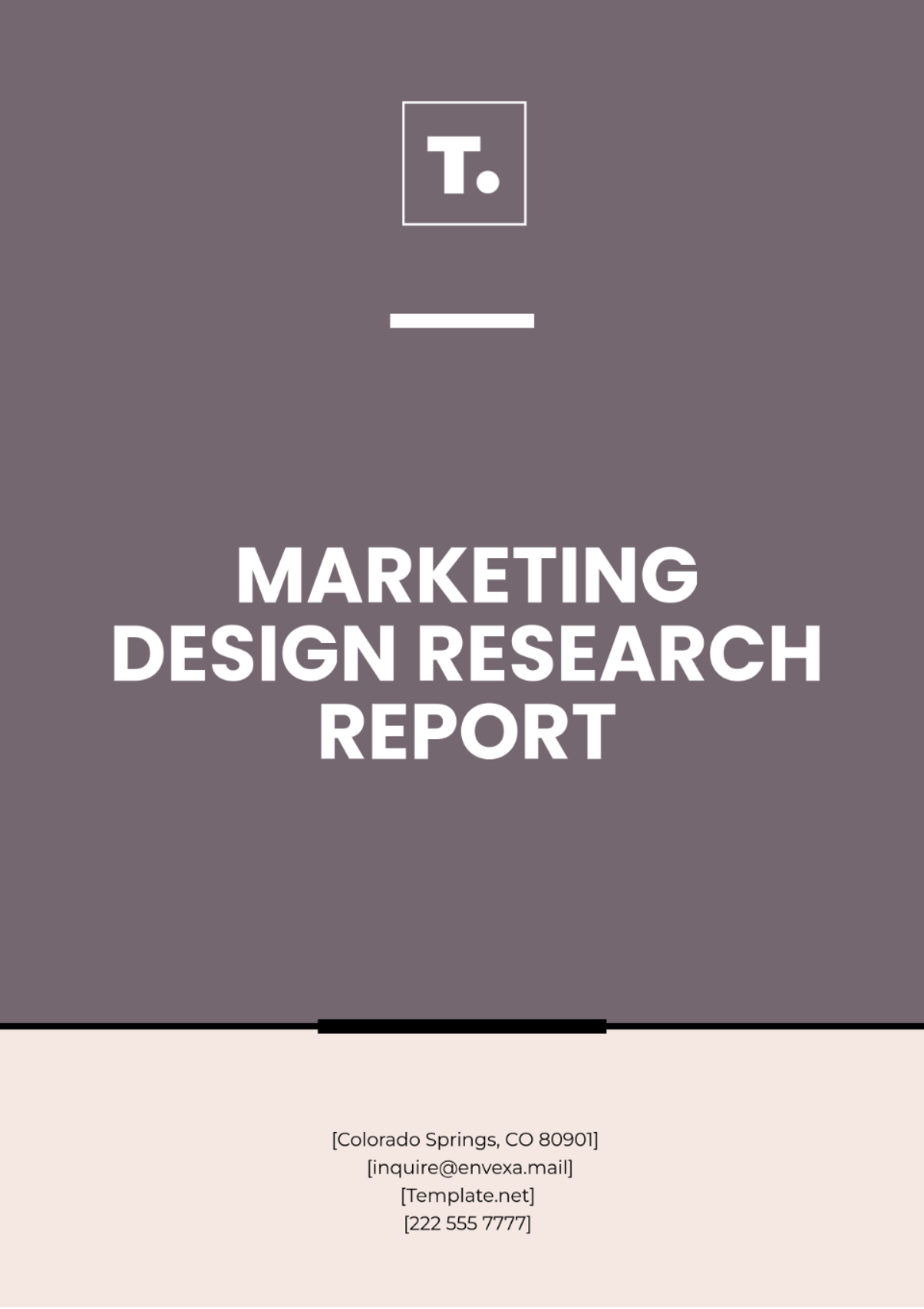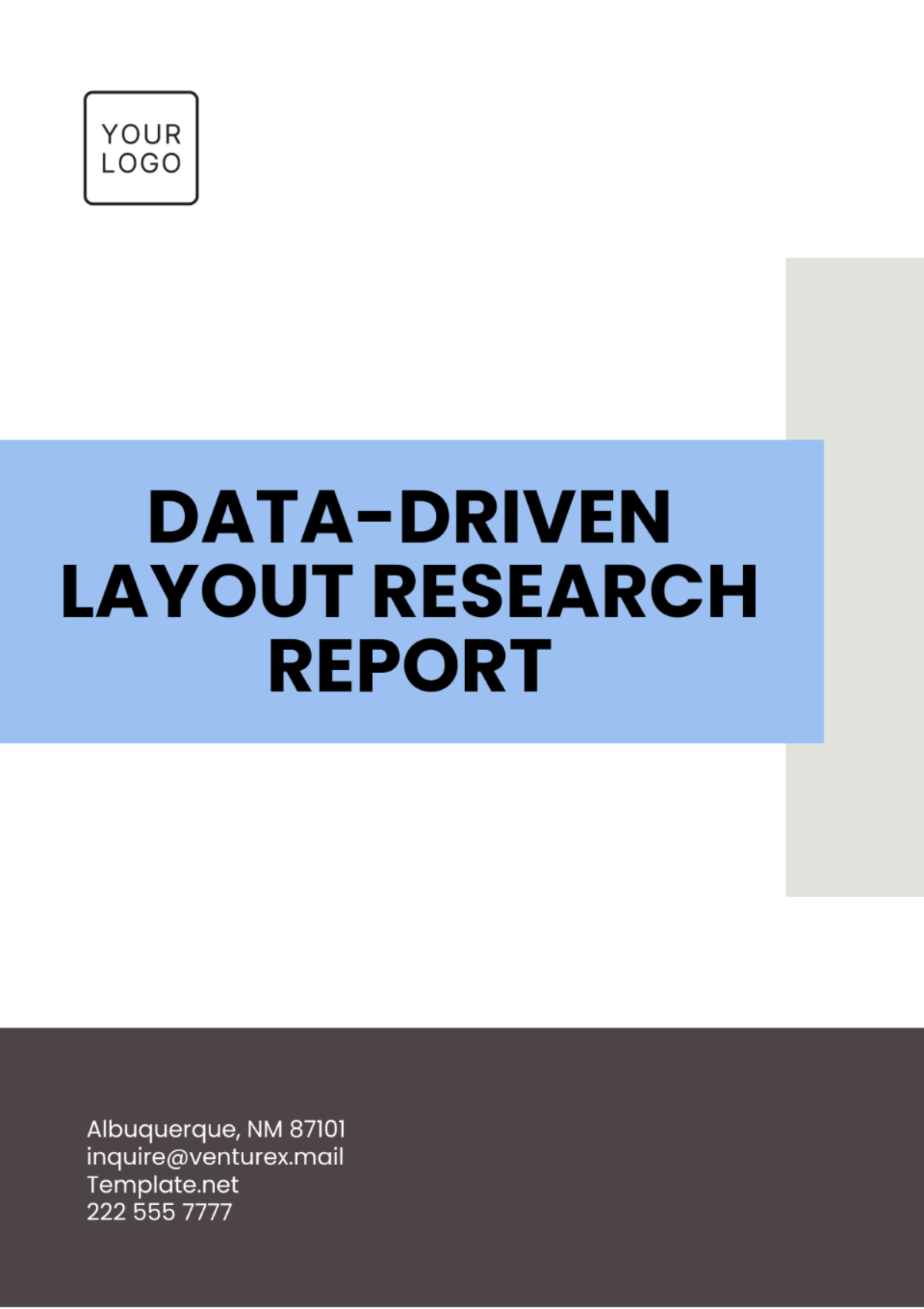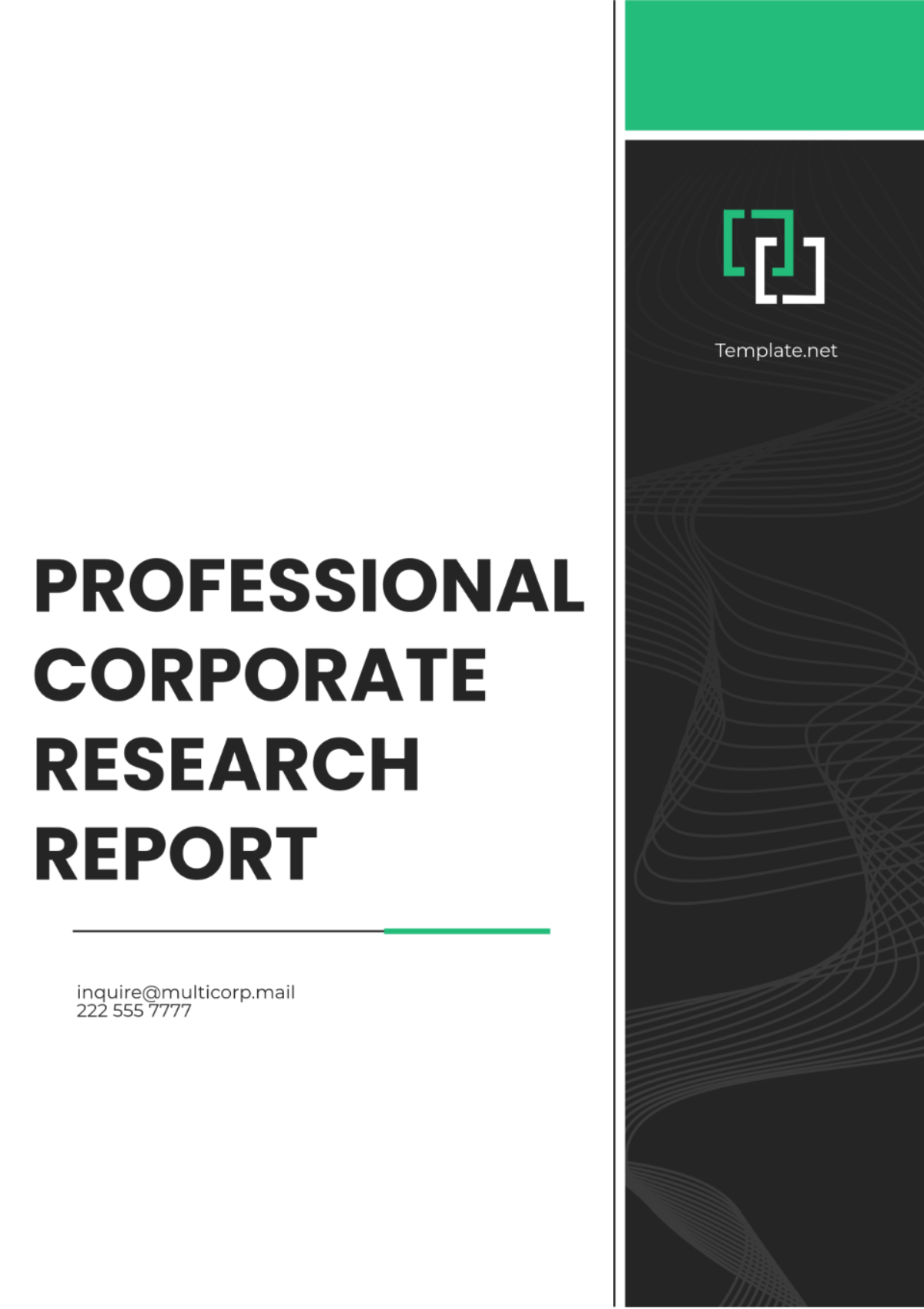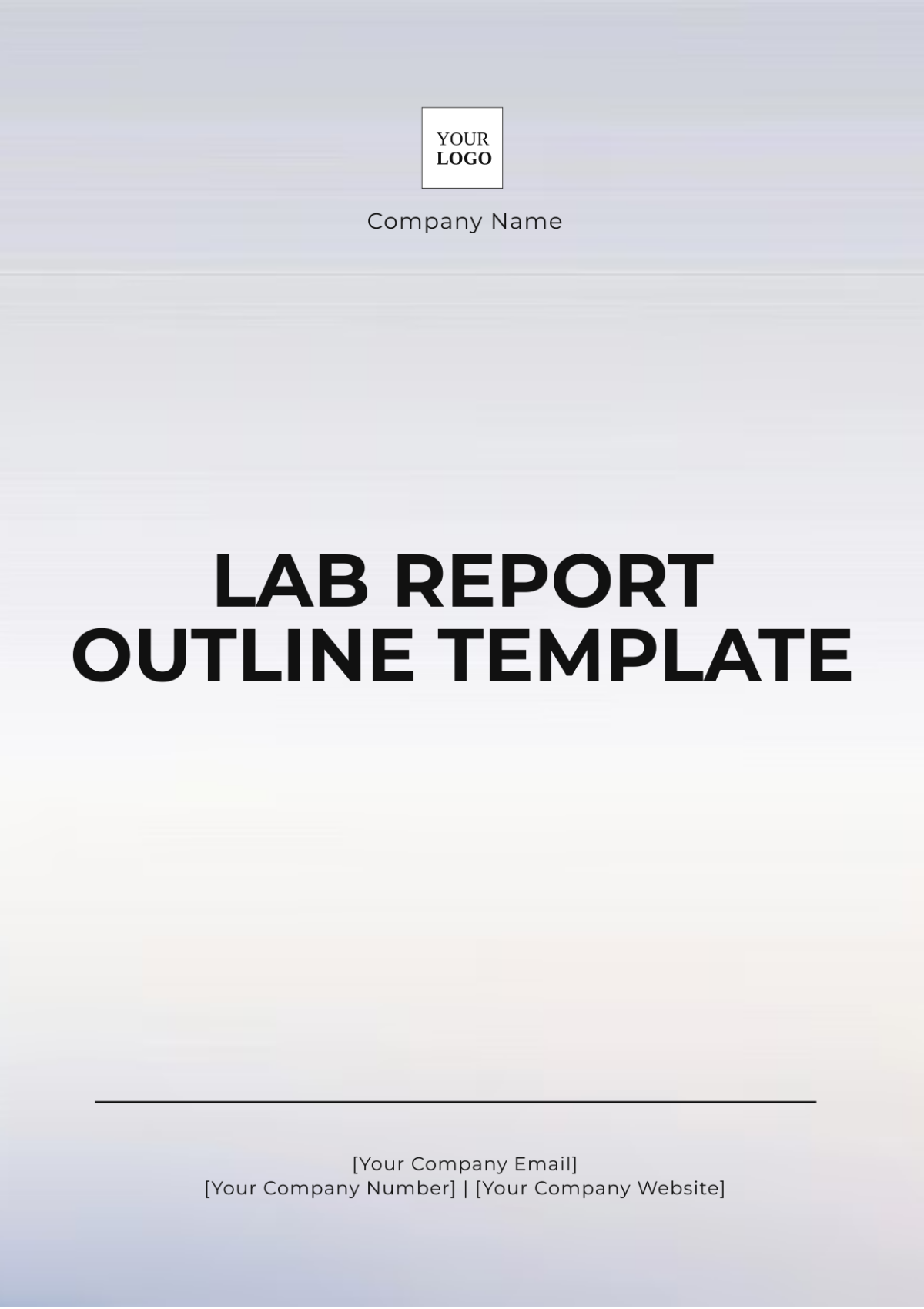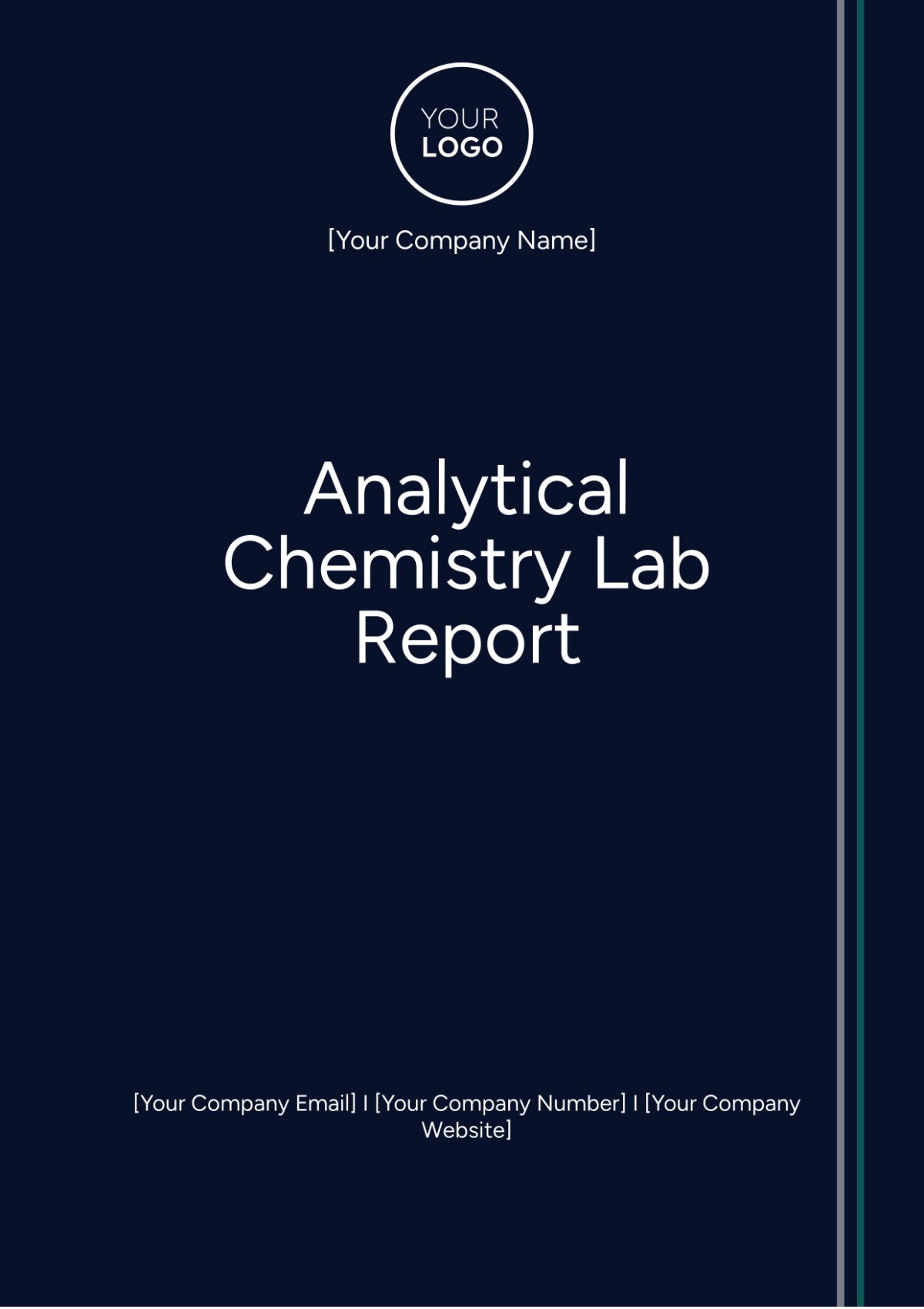Cosmetic Science Lab Report
Introduction
The primary objective of this lab report is to present the findings from a series of experiments carried out to evaluate the efficacy, stability, and safety of several cosmetic formulations. The cosmetic industry continually seeks to develop innovative and effective products that meet consumer needs. This report encompasses research focused on skin creams, lotions, and serums formulated with various active ingredients.
Materials and Methods
Materials
Active Ingredients: Hyaluronic Acid, Vitamin C, Retinol
Emulsifiers: Emulsifying Wax NF, Polysorbate 60
Preservatives: Phenoxyethanol, Ethylhexylglycerin
Stabilizers: Carbomer, Xanthan Gum
pH Adjusters: Citric Acid, Sodium Hydroxide
Equipment: pH meter, Viscometer, Centrifuge
Methods
Formulation Process: Various cosmetic formulations were prepared by mixing active ingredients with base cream under controlled conditions.
Stability Testing: Formulations were stored at different temperatures and humidity levels to assess stability over six months.
Efficacy Assessment: Human volunteers applied the formulations daily over twelve weeks, and skin condition was evaluated using standardized dermatological tests.
Safety Evaluation: Patch tests were conducted to assess skin irritation and sensitization potential.
Results
Formulation Stability
Stability tests were conducted under three conditions: Room Temperature, Elevated Temperature (45°C), and Refrigeration (5°C).
Condition | Duration | Observations |
|---|---|---|
Room Temperature | 6 Months | No phase separation, minor color change in Vitamin C formulation |
Elevated Temperature | 6 Months | Phase separation in Retinol formulation, significant color change in Vitamin C formulation |
Refrigeration | 6 Months | No significant changes observed |
Efficacy Assessment
The efficacy of the formulations was assessed by evaluating skin hydration, wrinkle reduction, and brightness after a 12-week application.
Formulation | Skin Hydration Increase | Wrinkle Reduction | Brightness Improvement |
|---|---|---|---|
Hyaluronic Acid | 35% | 20% | 10% |
Vitamin C | 25% | 15% | 30% |
Retinol | 20% | 40% | 5% |
Safety Evaluation
Patch tests were conducted on 50 volunteers to evaluate the safety of the formulations.
Formulation | Number of Irritation Cases | Comments |
|---|---|---|
Hyaluronic Acid | 2 | Mild redness observed |
Vitamin C | 1 | Minor itching reported |
Retinol | 5 | Moderate redness and peeling reported |
Discussion
The results indicated that the formulations exhibited varying degrees of stability, efficacy, and safety. Hyaluronic Acid formulations showed the highest increase in skin hydration with minimal side effects. Vitamin C formulations demonstrated substantial improvement in skin brightness but had stability issues at elevated temperatures.
Retinol formulations provided significant wrinkle reduction but were associated with higher instances of irritation and sensitivity. Stability at elevated temperatures remains a concern for formulations containing sensitive active ingredients like Vitamin C and Retinol. Additionally, the balance between efficacy and safety must be carefully considered during formulation development.
Conclusion
In conclusion, the experimental findings underscore the importance of comprehensive testing for stability, efficacy, and safety in the development of cosmetic formulations. While each formulation presents distinct advantages, attention to storage conditions and potential side effects is essential to ensure product quality and consumer satisfaction.
Future research should focus on optimizing the formulations to enhance stability and minimize adverse reactions, thereby improving overall product performance.

